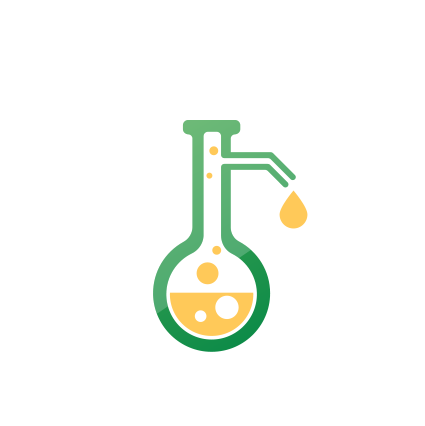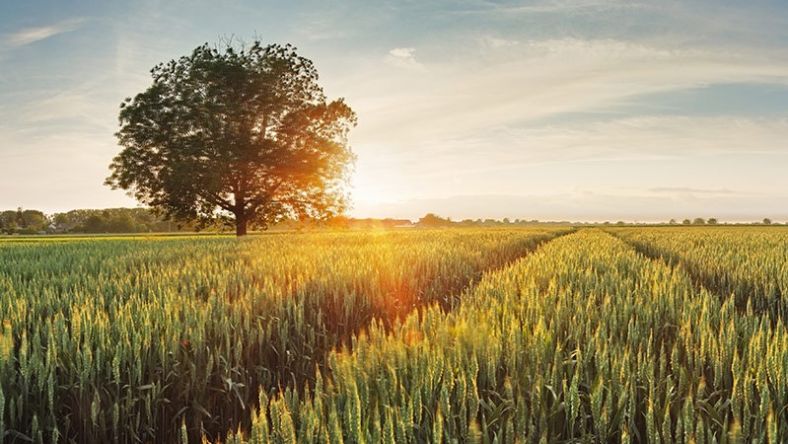E10 and the environment
E10 fuel can lower greenhouse gas and other emissions that cause serious health and environmental damage. Find out how using E10 in your vehicle can help sustainability.
E10 and sustainability

Ethanol sold in NSW under the Biofuels Mandate must meet sustainability criteria, which include a greenhouse gas criterion and certification under an environmental certification standard.1
How is ethanol made?
 Step 1: In NSW, the manufacture of wheat products produces waste starch. |
 Step 2: The starch is mixed with water and yeast and fermented to produce ethanol. |
 Step 3: The ethanol mix is purified using a distillation process. |
 Step 4: Purified ethanol is carefully blended with unleaded petrol in a 1:10 ratio, creating E10. |
 Step 5: E10 is transported to petrol stations across NSW, ready for your tank. |
 Step 6: Drivers fuel their vehicles with this sustainable biofuel. |
Ethanol is produced from biomass mostly via a fermentation process using glucose derived from sugars (sugar cane, sugar beet and molasses), starch (corn, wheat, grains) or cellulose (forest products) as raw materials. In this form, it is renewable.
Most of the ethanol used to make E10 in NSW is made from starch left over after wheat has been turned into flour. The starch is transformed into glucose and enzymes are added to release the glucose from the starch, which makes it available for fermenting into ethanol.
E10 and the environment

In 2008, the CSIRO did a study into the health impacts of ethanol blended petrol2 which concluded that E10 reduces particles emissions (PM 2.5) by 20-30% and thus reduces health impacts, compared to regular unleaded petrol.
The key findings included:
- Volatile Organic Compound (VOC) emissions from ethanol petrol blends are higher but less reactive compared to regular unleaded petrol
- Stable to very marginal increase in oxides of nitrogen (NOx)
- Impacts on air toxics results are mixed – slightly lower levels of 1, 3 butadiene, benzene, toluene and xylene, but slightly higher levels of aldehydes.2
Greenhouse

According to the CSIRO, E10 fuel produced under Australian conditions has between 2 to 5% lower CO2 emissions than regular unleaded petrol. ABARE/CSIRO estimated greenhouse emission benefits of E10 from wheat and wheat starch feedstock to be between 1.7-3.7%. Wheat and wheat starch are currently the common ethanol feedstock in NSW. Exact greenhouse gas emissions reductions depend upon the ethanol fuel feedstock and source of energy used to produce the ethanol (that is, to run the fermentation and refining facility).
The above greenhouse emission estimates do not take account of the possible indirect land use change emission impacts of biofuels. There is a lot of controversy in the international community of the possible indirect land change emission impact of biofuels. This has been highlighted in the biofuel policies of California, US EPA and in the EU. There have been quite a few estimates of what this ‘indirect’ impact may be, but due to the complexities in estimating this there is no consensus at present.
1 Biofuel Sustainability Standard criteria defined by the Global Principles and Criteria for Sustainable Biofuel Production – Version 0, published by the Roundtable on Sustainable Biomaterials.
2 CSIRO 2008 ‘Evaluating the Health Impacts of Ethanol Blend Petrol’.